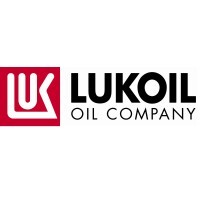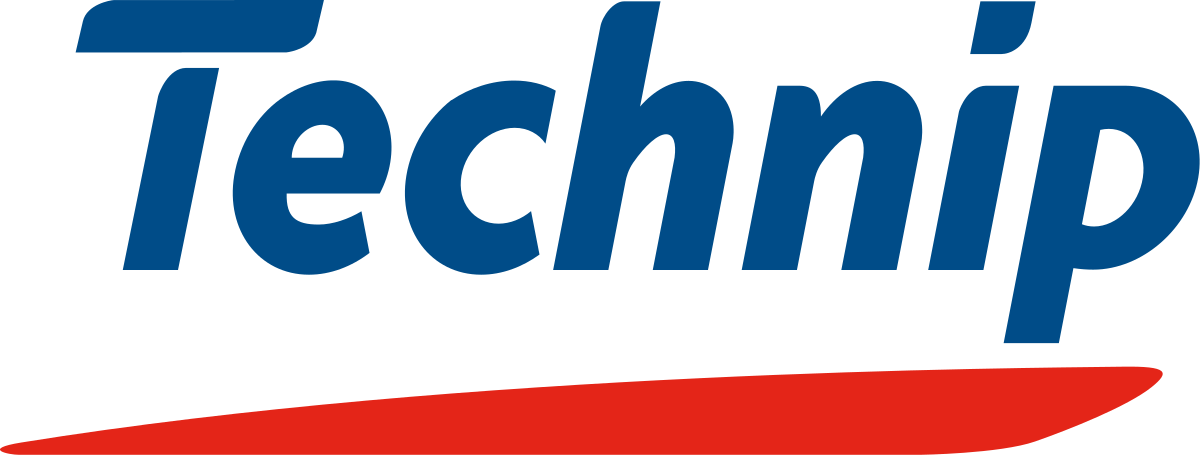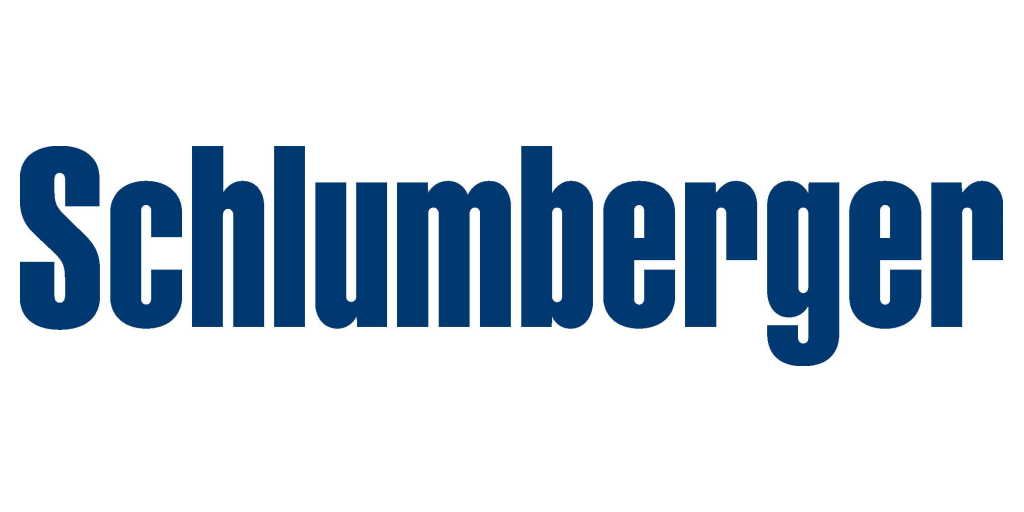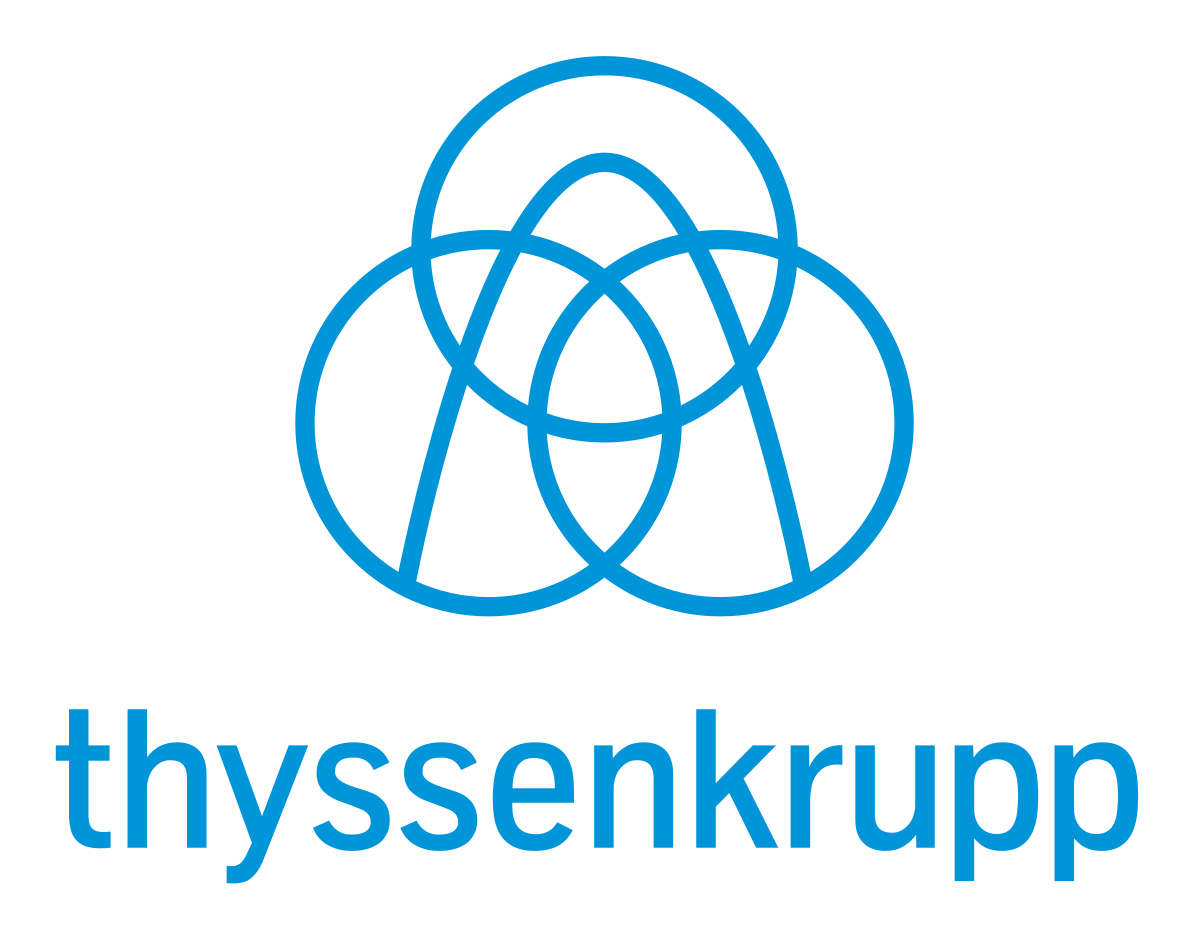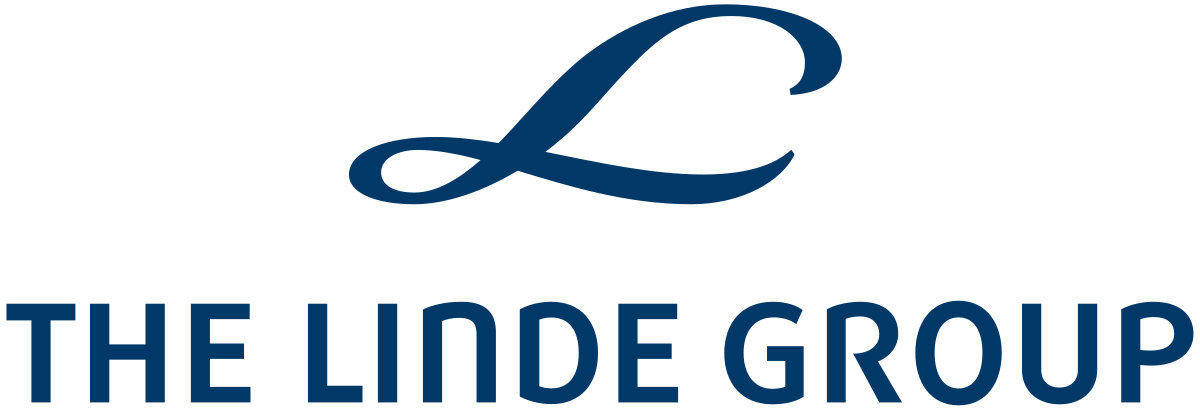The Technical Regulation of the Eurasian Economic Union 037/2016 “On Restriction of the Use of Hazardous Substances in Electrical and Radioelectronics Products” was developed in accordance with the Decision within the framework of the Treaty on the Eurasian Economic Union on 18.10.2016.
In order to ensure the protection of human life and health, the environment, as well as to prevent actions that mislead consumers of electrical equipment and radioelectronics regarding the content of hazardous substances in them.
The Regulation establishes mandatory requirements for application and enforcement in the territory of the Eurasian Economic Union to restrict the use of hazardous substances in electrical and radioelectronic products released into circulation in the territory of the Union to ensure their free movement.
The Technical Regulation TR EAEU 037/2016 is similar to the Directive 2011/65/EU (RoHS) of the European Union.
TR EAEU 037/2016 came into force on March 1, 2020.
The Technical Regulation TR EAEU 037/2016 “On restriction of the use of hazardous substances in the manufacture of electrical engineering and radio electronics” is applied to the following products:
- Electrical household appliances
- Computers and associated equipment
- Electrified tools (hand-guided machines and electrically portable devices)
- Telecommunications equipment
- Copiers and electronic office equipment
- Lighting equipment, including equipment installed in furniture
- Slots and vending machines
- Cash registers, ticket printers, card readers, ATMs, information kiosks
- Cables, wires and cables designed for use at nominal voltages not exceeding 500 V AC or DC, with the exception of fiber optic cables
- Safety and fire detectors
Maximum percentage of the substance allowed (percentage of weight)
- Lead 0,1%
- Mercury 0,1%
- Cadmium 0.01%
- Hexavalent chromium 0,1%
- Polybrominated biphenyls (PBB) 0.1%
- Polybrominated diphenyl ethers (PBDE) 0,1%
The Certificate of Conformity with the Technical Regulations of the Customs Union may be issued for goods produced by the Customs Union countries, as well as for goods produced by foreign manufacturers. Requirements for foreign products and National products are the same, and the certification schemes also coincide.

